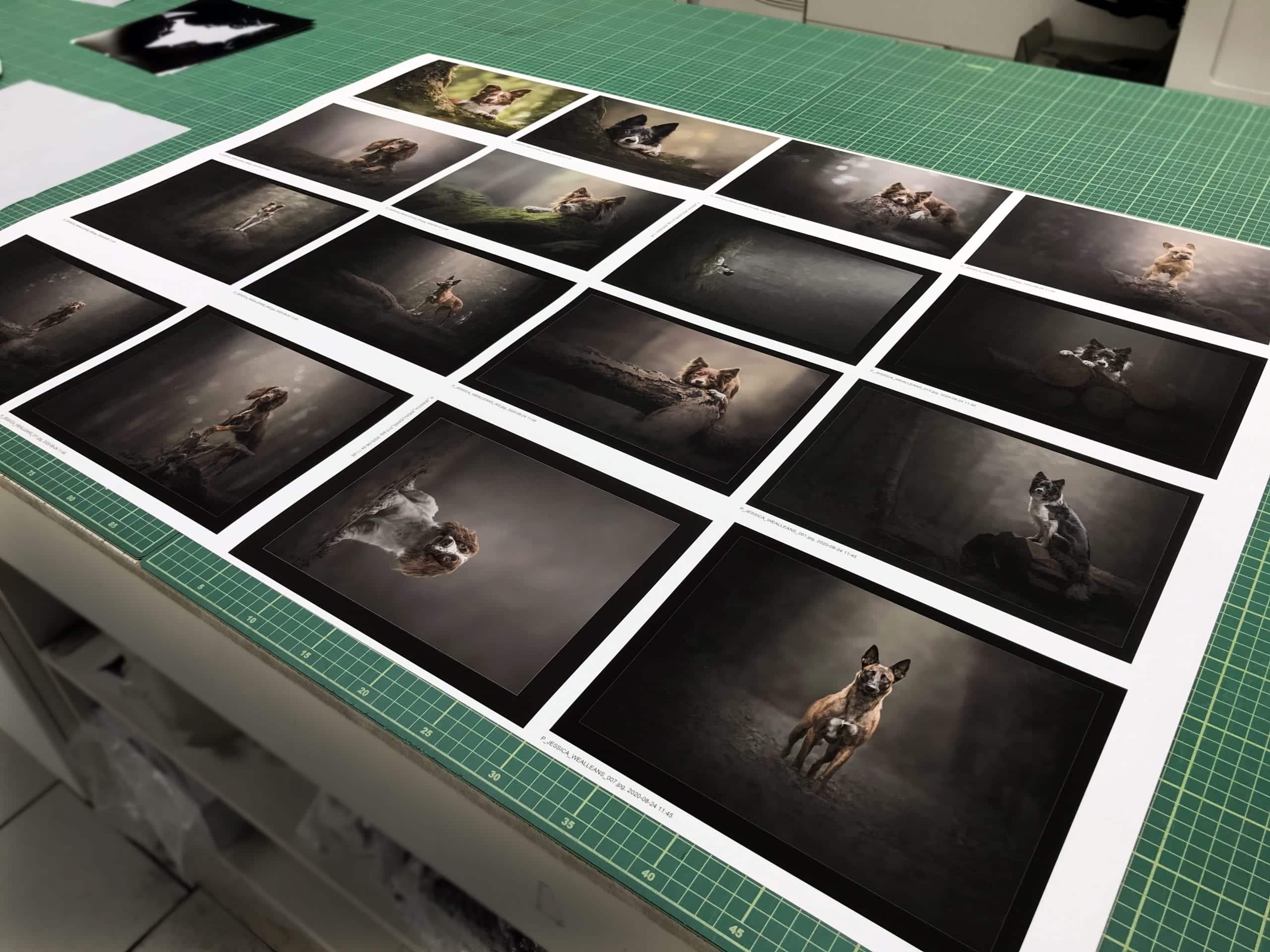Print competitions are a somewhat misunderstood genre of photography awards and to be honest, it’s not too difficult to dissect and prepare yourself for a merit, a finalist, or a win. You just have to have all of your ducks in a row and create amazing art. If you don’t know where to start with print comps then don’t panic, I’ve popped a list of things here on this page which hopefully will assist those new to this kind of event.
Let’s start with the video on how to win print competitions:
I’ll use the same 3 sections that I mentioned in the video here, to keep things nice and organised. If you’re thinking, “what does Jess know about print comps?” then have a quick peek at this post and this section of the blog here.
Section 1: What are print competitions
Print comps are a type of photography award that have been around for decades and provide a very structured, very objective scoring system for success (and failure).
As the name suggests, usually you’ll have to print your entries, either right at the start or if they get through to a shortlist. At some point, the work will be in print in front of the panel of judges, usually in a controlled lighting situation, so you need to have at least done some test prints before your prints are called for entry.
The main thing to know about most print competitions is that all entries tend to start out with full marks and then points get removed for things that aren’t great. Check out the next section for the main point removers.
Your aim in print comps is to retain as many points as physically possible, from as many judges as possible. Scores are usually averaged across judges so if your work is a bit left-field, try to at least hit all of the scoring points so that if a judge doesn’t “get” the piece, the points won’t get pulled down too far.
There are different print competitions for different styles of photography, but be careful not to fall into one of the many “XXX Photography Awards” genre-specific and un-titled website set-ups that have popped up over the last few years. Although a total ego stroke, the judging isn’t usually structured, consistent, or legitimate in terms of becoming a titled photographer. The ego stroke is good though, I guess?!
Section 2: What are the basics for success in print competitions
Most print competitions use a similar set of criteria for judging that usually contains the same 10 sub-sections. If you get really good at assessing your own work and others in these 10 sections, you’ll soon be able to create a winner yourself. These core 10 sections are:
- Impact – In my opinion, this is the one that will get you your main point hold. Impact is essentially the “wow” factor an image has – does it evoke an emotion, it it truly a never-seen-before moment? If it doesn’t have impact, it won’t do well.
- Presentation – This comes round to print quality, including paper choices to support the work, whether the image needs a border, and of what colour. This is vitally important to support Impact so don’t skimp on your printing!
- Technical Excellence – This is like the big daddy of the whole thing. If you’ve got errors here, you’ll drop right down from winner, finalist, merit, and into the rest of the pack. If your technical game is weak, lacking or a bit of a mess, you’ll never hit the merit bar. Take care with learning the foundations and fundamentals of photography and editing, you can’t make a bad picture great in Photoshop. Things included in this section include focus issues, blown highlights, lost shadows, excessive noise, incorrect white balance, camera shake, dust spots, and more.
- Lighting – I’m going to just use the Guild of Photographers explanation of this point because I think it sums it up perfectly: “The use and control of light is central to photography and critical to Judges. Regardless of whether the light applied to an image is man-made or natural, Judges will look for the effective use of it in order to enhance an image and the purpose of the image.”
- Subject matter – There are unwritten rules when it comes to individual subjects that are worth noting here. For example, in award submissions of dogs, you’ll lose points for collars/leads, the nose not being in focus along with the eyes, and for a lack of harmony in the pose. For horses, you’ll lose marks for poor stands or donkey necks. For humans, you’ll lose points for bad posing, bad hands, and hot-spots on skin (too bright on the cheekbones, for example). Know your subject-specific “rules” and try to make sure they are ticked off. You can push the boundaries of your subject stuff when you are already titled – that’s the best way to look at it!
- Creativity – You won’t win if it’s been done to death. It’s very difficult to retain uniqueness but you can guarantee that the judges will know the trends in each niche and if you’re just recycling some elses award-winning work, firstly I have to ask why, then secondly, do something new! You’ll get a lot more impact if you create something unique!
- Story Telling – Is the image just a photo, or does it tell a story? Images that tell a story or evoke a sense of scene and narrative tend to do better than a photo that is literally just a photo.
- Editing – I can’t include everything covered in this section but the majority of awards have this in the criteria saying that post-production should enhance the image not destroy it. Different competitions will have different “norms” for editing amount so do check to see if you fit with the crowd in terms of the amount of editing you do to your work.
- Composition – Really this one is a point where it’s only noticed if it doesn’t work. Have you chopped a leg off? Is the image claustrophobic? Is there too much space around the subject? Does it work? Ask these!
- Centre of Interest – There should be a clear, unobstructed, obvious point of interest within a split second of looking at the piece. There can be secondary, or tertiary interest points, but it should be so effortless for the eye to go to the centre of interest that if you miss this point, you’ll lose marks. Look for busy, distracting, bright or vibrant areas in your image that are not the subject – do they need to be removed or toned down? Light bokeh is a frequent mark loser here.
It seems like a huge list, but honestly, if you start to break your work down into these sections, you’ll be able to identify weaker areas that you can look to improve. As an example, here is an image I entered into two awards in 2020. I entered first into one, and the image scored a finalist. Then, I made a few additional tweaks before submitting it into another print competition. It did better in the latter. The difference? You tell me…


Section 3: How to do well in YOUR print competition
Let’s get to the nitty gritty. Put your Sherlock Holmes cap on now – we’re getting serious.
Prerequisites for success:
- You’ve identified a print competition to enter that suits your general style
- You have a piece to enter that you think, objectively, excels in the judging criteria
- You have removed the emotional connection to your piece
Ok, where to start. First, look at past winners of the award you’re going for. If you can look at past merits, finalists and category winners but not just in your niche. Your work should be able to easily sit within this group of images and “fit”. I don’t mean that it will be a clone, but if you look at the London Institute of Professional Photography awards, it’ll take you less than a second to agree that my work just will not fit here. It’s ok, it might fit yours?!
With the past winners on show, look for similarities. Look for things that pull them all together. Trust, me, they do exist. Then, ask yourself, does my entry also have these similarities? If yes, awesome, continue.
Next, go see if you can find the judges. They may be listed somewhere or shown on a website. Go find each of their portfolios and professional history and see if they are likely to appreciate your piece. If they are a million worlds away, you may not be as likely to do well.
For example, I know that there is one individual who HATES a slightly soft nose on environmental dog portraits. I know that another heavily penalises multiple small catchlights in the eyes. Therefore, if this is the award that I’m going for, I’ll not enter a piece where the nose is questionable and the catchlight is heavily broken up with trees. If you think I’m a bit OTT on planning for success then to be honest, you’d be correct – hello, I am Jess.
Next, go look at the rules. Read them at least 3 times and make notes or ask questions if something isn’t clear. I asked 3 questions before entering the MPA awards and the team were more than happy to answer them as it was a genuine point of ambiguity. However, if it’s clear in the rules then it’s clear in the rules.
Finally, go assess the entry criteria and deadlines. You need to be crystal clear on what to have ready for when. Don’t let this award slip through your fingers because you don’t have your prints ordered in time.
You’ll need a little patience between submission and results day, so don’t dwell on it – keep yourself busy. Within about 3 days from submission I’ve usually managed to find at least 3 errors in each image that I should have corrected or will know for next time. This is normal, you should always look to improve next year!
In Summary
You can absolutely just fire prints at awards and hope for the best. I’m pretty sure that a lot of people do this and some have success so it’s a viable option. However, I’m a firm believer in failing to plan is planning to fail and so I guess I take that quite seriously in my entry process. I know that my previous pet studio portraits wouldn’t merit in awards, so I didn’t enter them. I see no point in wasting the money if there is genuinely no chance of a return for me.
However, there comes a time when you create a piece, or have the opportunity to do so, that will fit with a specific awards crowd. And if you do have this though, enter it. What have you got to lose?!
Hope this helps in some way, shape or form!

